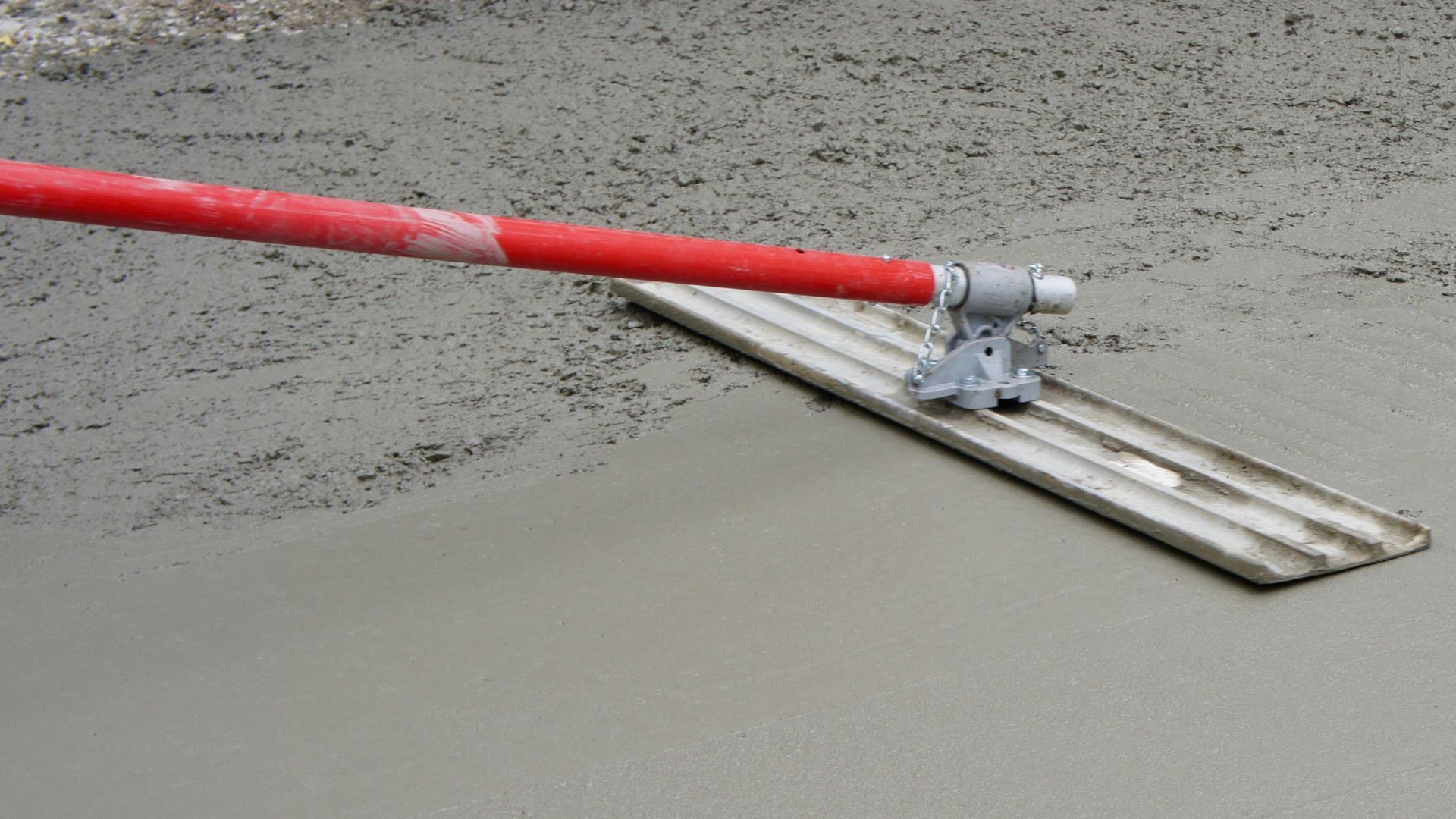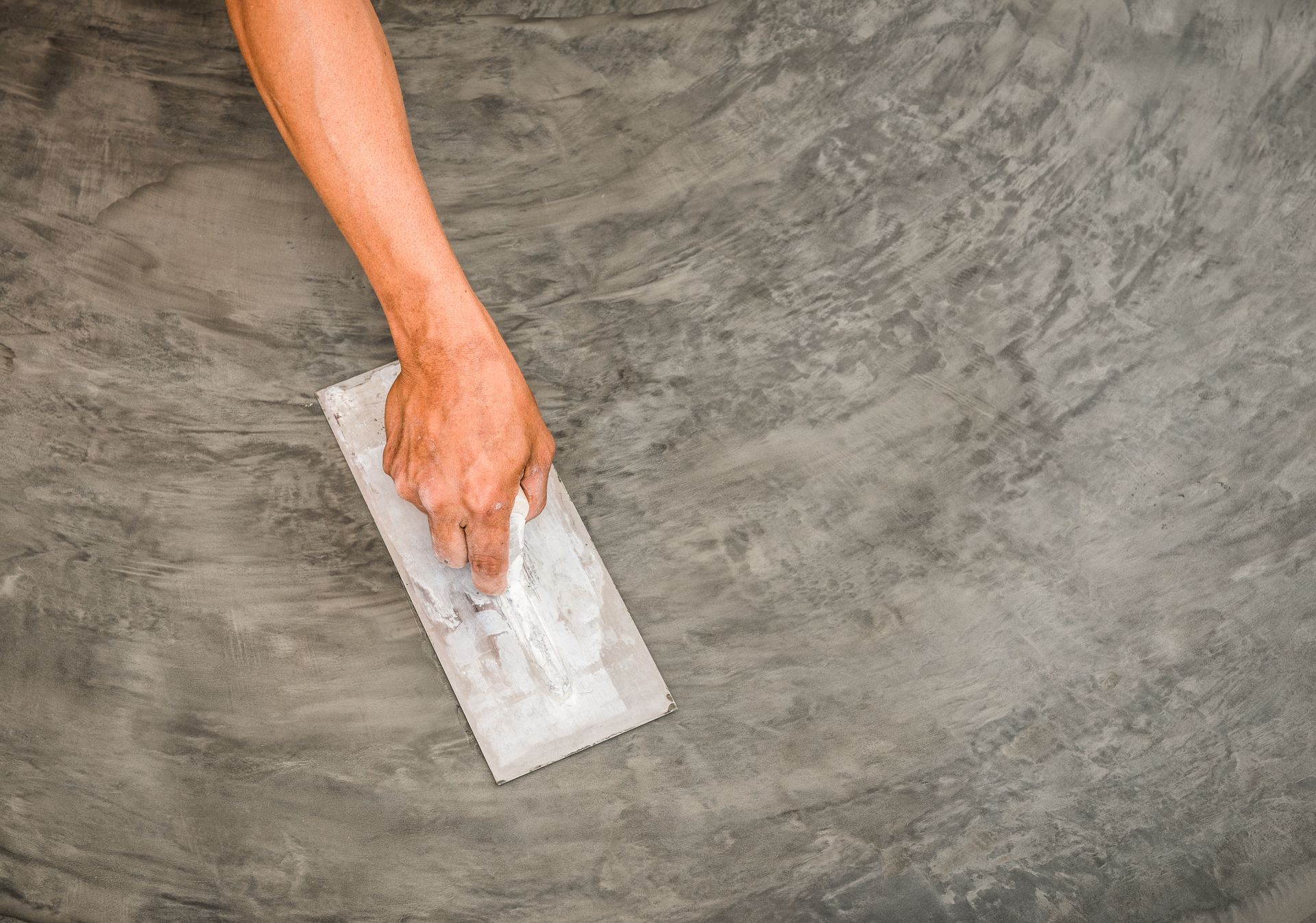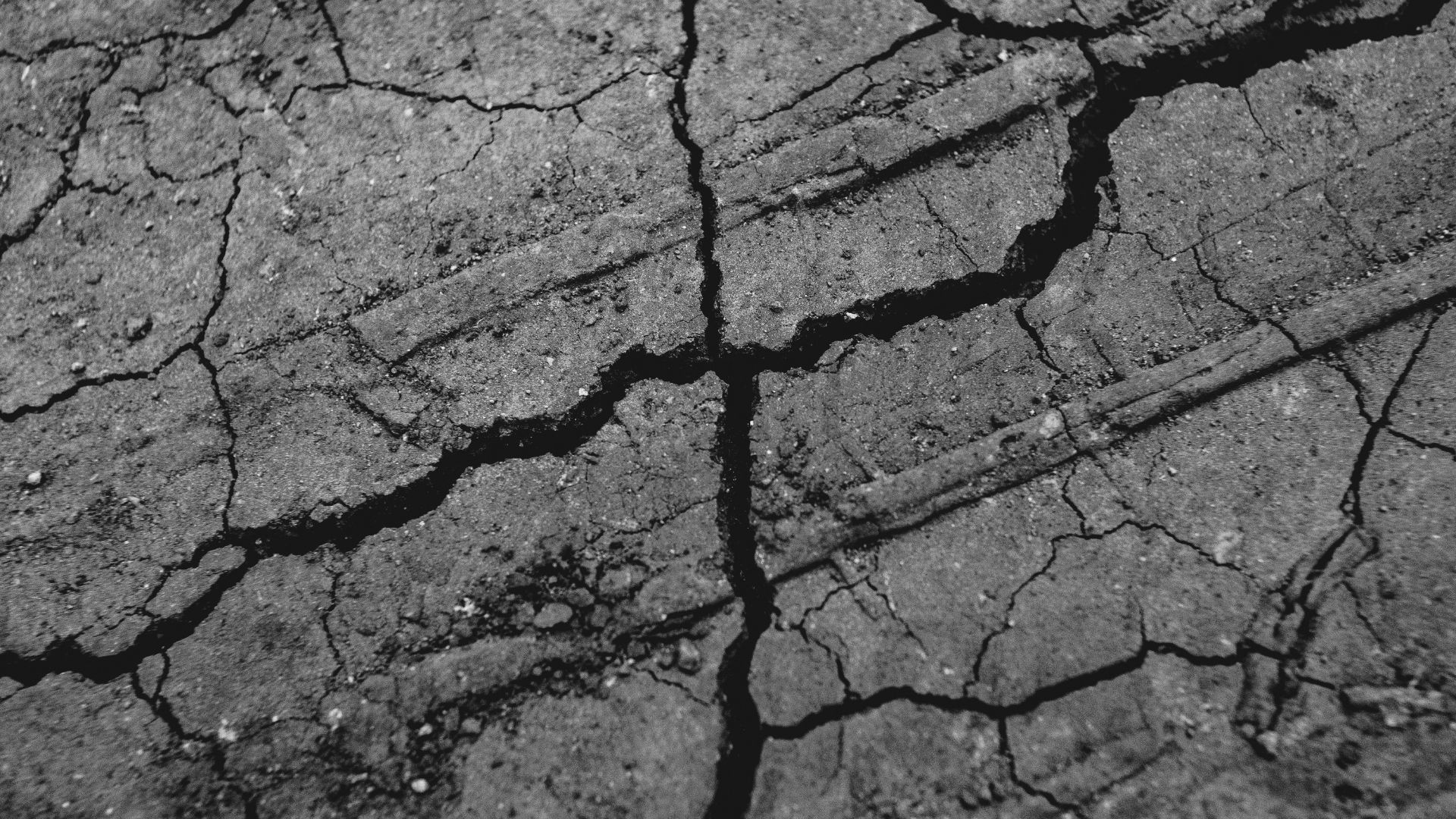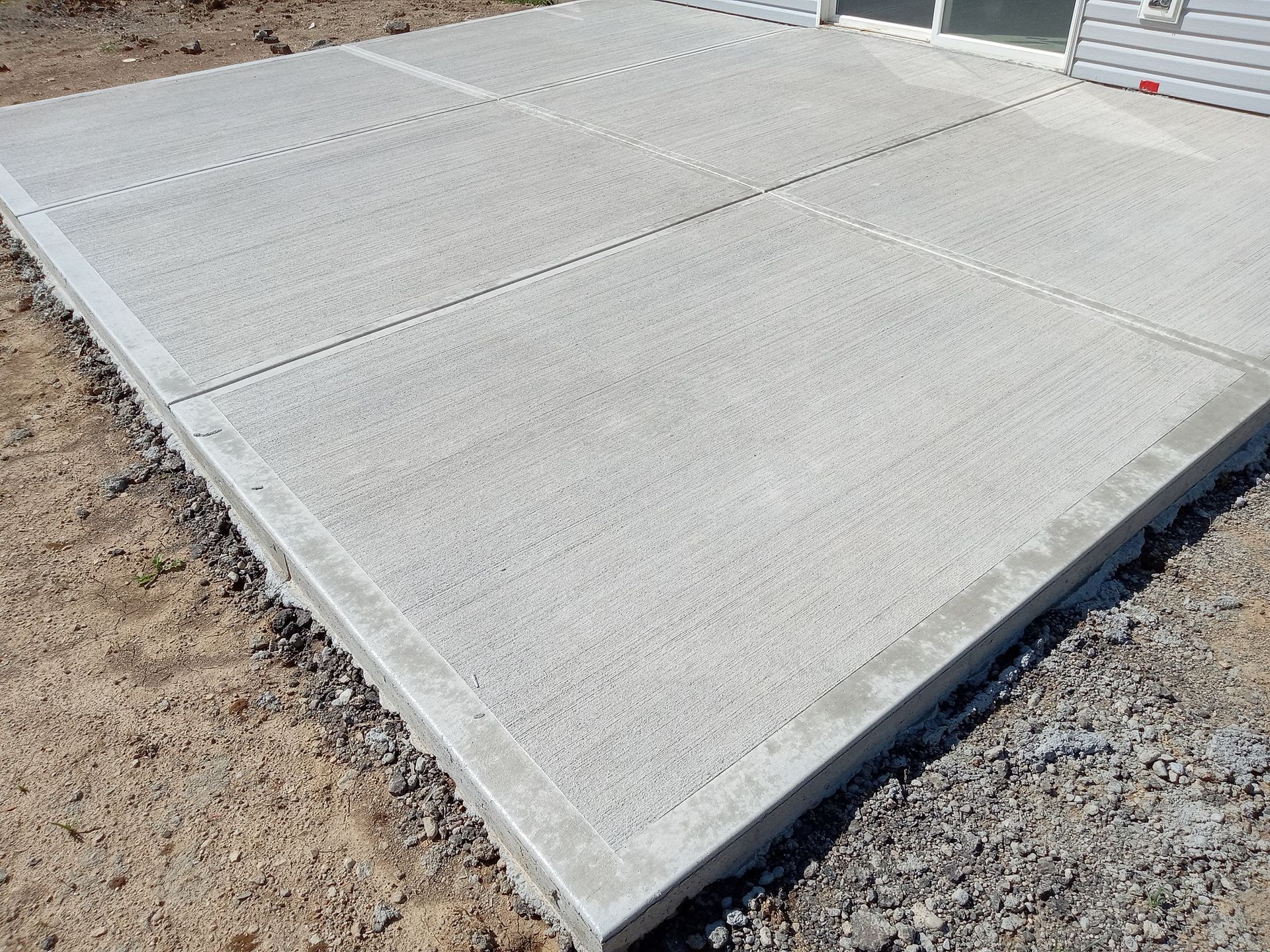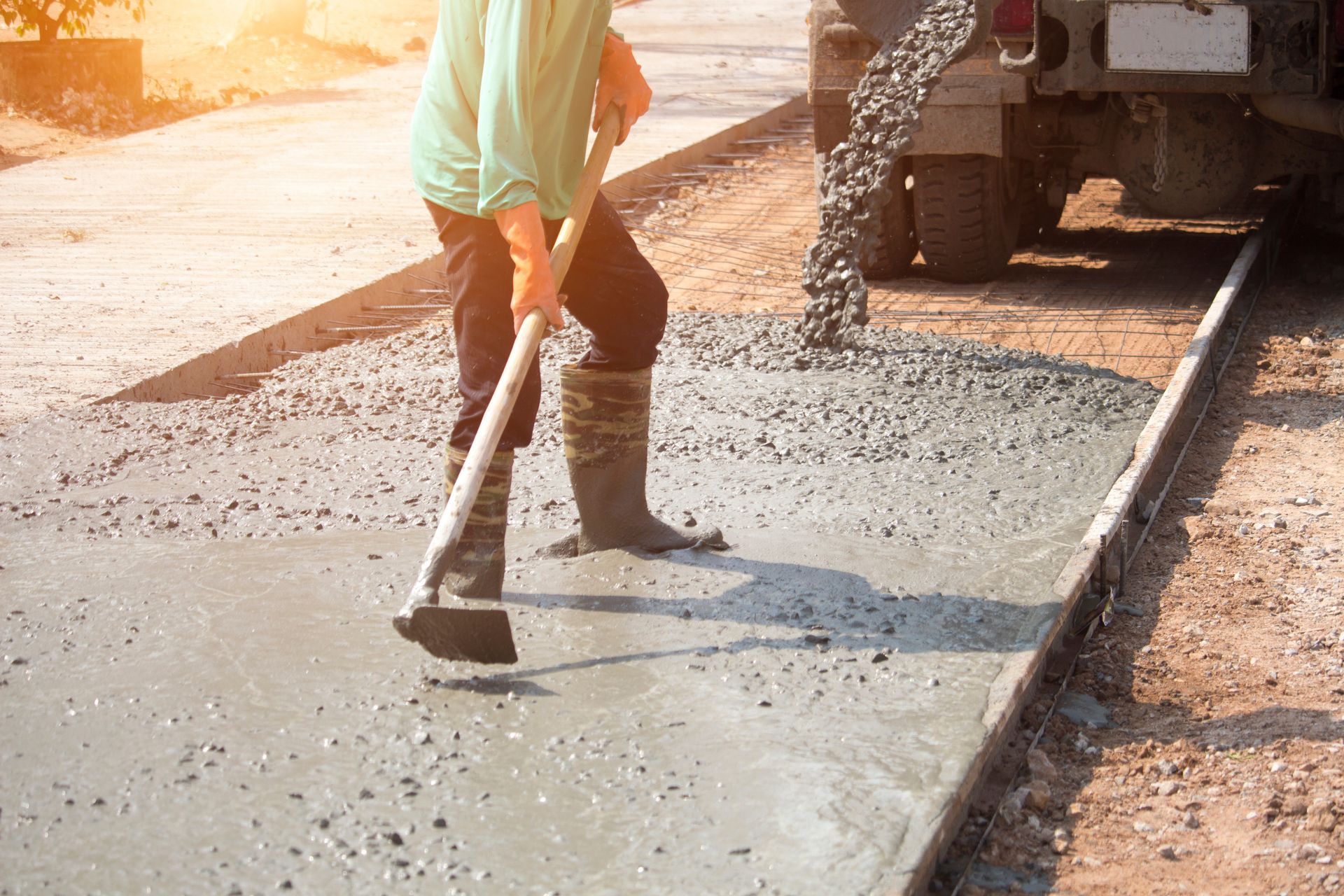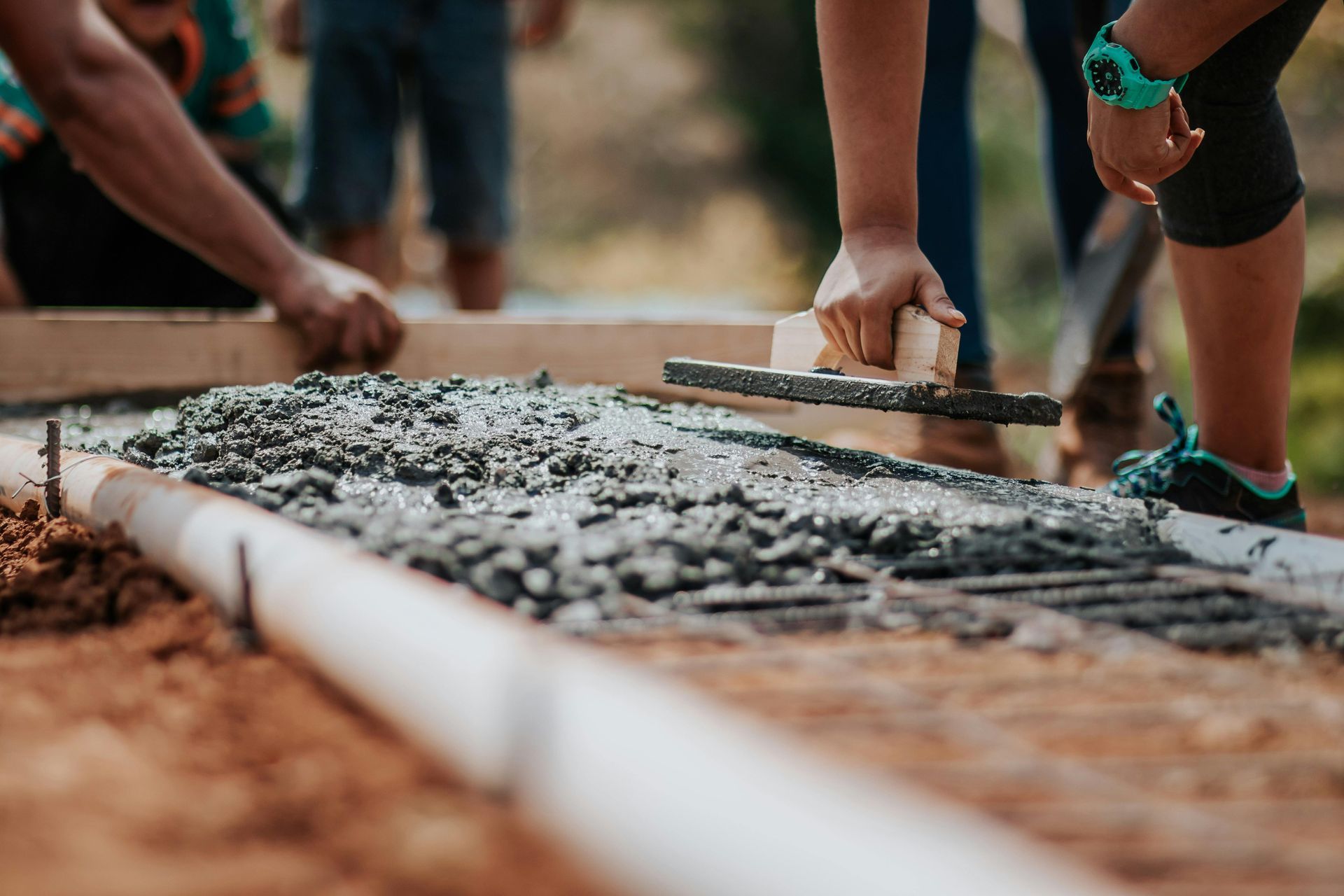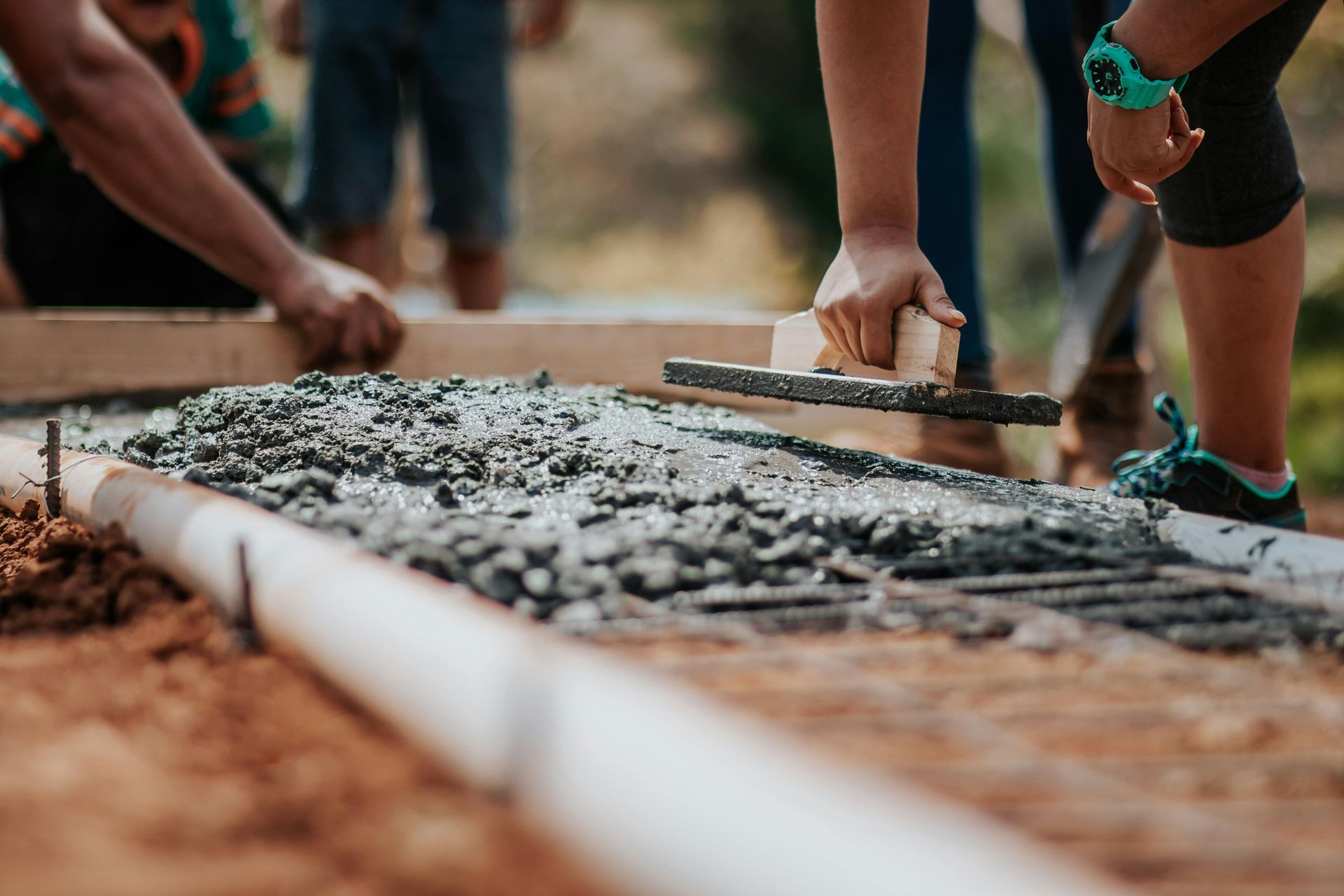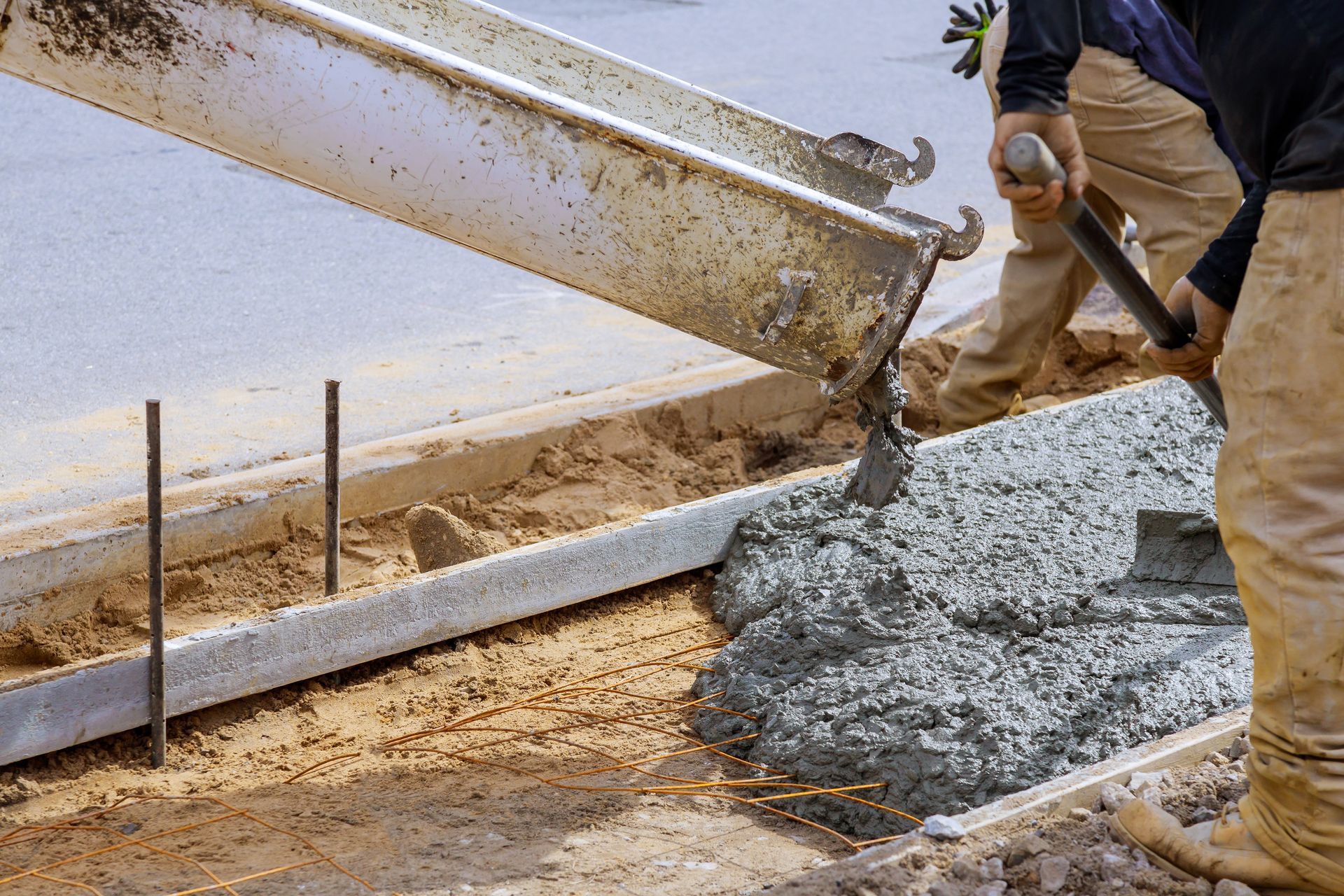Concrete Use
Concrete Use!!!
Concrete is an incredibly versatile material, used in a variety of settings, from residential to commercial.

It's strength and durability make it perfect for driveways, sidewalks, patios, and other outdoor areas. It is also useful for indoor applications such as countertops, showers, and floors. In addition to it practical uses, concrete can be used to create striking works of art – from sculptures to murals to decorative paving stones.
Due to its composition of cement and sand or gravel aggregates mixed with water, concrete is extremely strong and resilient. It will not rot or corrode like other materials such as wood or metal. In addition to being durable and waterproof, concrete can withstand high temperature and pressures without breaking down. This makes it ideal for extreme weather conditions such as flooding or earthquakes.
Concrete is also highly customizable — architects and designers can adjust the color of concrete by adding pigments or staining agents during the mixing process; they can also manipulate the texture by using different techniques such as stamping or sponging during installation. This versatility allows contractors to create stunning designs that are not only durable but also
aesthetically pleasing. In addition to its practical uses, concrete can be used in unique ways for artistic purposes. Sculptors commonly use moldable forms made from cement mixtures known as “casts” which harden fast and allow them to easily manipulate shapes. Tap into the knowledge of the pros at EZ Cart Concrete Supply. Concrete is an extremely versatile material
that can be used in a variety of settings, both indoors and outdoors. It is incredibly strong and durable and can withstand extreme temperatures, pressures, and weather conditions without breaking down. This makes it ideal for driveways, sidewalks, patios, countertops, showers, floors, and other outdoor areas exposed to the elements. Concrete is also highly customizable –
designers can adjust its color by adding pigments or staining agents during the mixing process; they can also alter the texture by using various techniques such as stamping or sponging during installation. This versatility allows architects and contractors to create stunning designs with great aesthetic appeal while retaining the practical advantages of concrete.
In addition to its practical uses, concrete can also be used in unique ways for artistic purposes. Sculptors often use “casts” made from cement mixtures which harden quickly and enable them to easily manipulate shapes into beautiful works of art. Concrete murals are another popular option that allows artists to express their creativity on virtually any surface. The strength of
concrete combined with its versatility makes it one of the most popular building material available today. With endless possibilities for customizing design elements, concrete is an excellent choice for creating functional works of art that are built to last.
When you decide which project would be great to tackle with concrete, contact EZ Cart Concrete Supply Hamilton. They offer cart rentals that will cut down on your costs, tool rentals and convenient hour of operation. They have absolutely everything needed for every project that needs concrete. Call (905) 662-0808 to get started!
